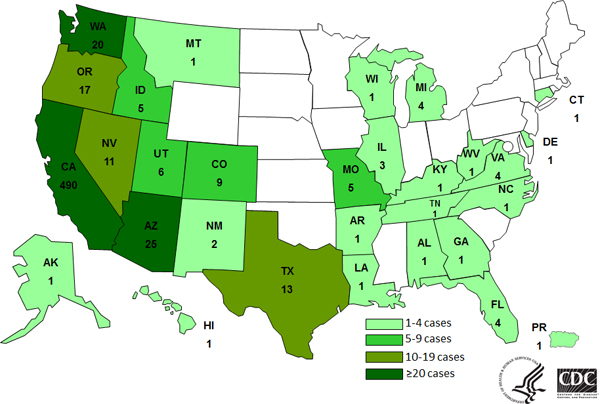Does the USDA deliberately make it difficult for retailers to accept SNAP benefits?
A colleague and reader who recently took over a small food business wanted to continue to make it possible for people enrolled in SNAP—the Supplemental Nutrition Assistance Program, a.k.a. Food Stamps—to buy his products.
The business had already followed the steps needed to become an authorized SNAP retailer and had been accepting Electronic Benefit Transfers (EBT cards) for a couple of years.
His new ownership required him to start over. He filed the application with the USDA last April. As he explained last week:
About six months later now, after repeated follow-up and efforts to move it along and resubmitted paperwork and things not mailed back, we’re finally learning that our accounts were approved for use in August. Probably the 8th person we spoke to since starting was able to tell this to us nonchalantly today. Everyone prior has had *virtually* no idea what’s going on or good answers for us other than “start over” or “I’ll have someone call you.”
Six months to set up EBT, surely among the largest transaction types in the country (in terms of the funding body and the process). The USDA & FNS must be woefully understaffed….
So our EBT accounts were finally approved and activated. What’s fascinating then is the number of companies that reach out to tell us (paraphrasing) that “due to recent changes in the Farm Bill, retailers are no longer able to get free processing equipment from the USDA so call us today to get low-cost equipment and a low-cost monthly flat-fee for your EBT processing needs.”
Obviously our bi-cameral, newly monocular Congress will only care about fraud with respect to EBT. So any responses to bureaucratic inefficiency will not likely result in reform, only reduction.
Alas, he is right about that. Although Congress, in passing the Agricultural Act of 2014 (a.k.a. the Farm Bill), did not make the deep cuts in SNAP that many Republicans wanted, it did make some mean-spirited changes.
For example:
Section 4002: The Secretary shall require participating retail food stores to pay 100% of the costs of acquiring, and arrange for the implementation of, electronic benefit point-of-sale equipment and supplies, including related services (exceptions: farmers’ markets, nonprofit food coops, etc). So yes, my reader’s small business has to pay for this.
Here’a another example:
Section 4018: Prohibiting Government-Sponsored Recruitment Activities. No funds authorized shall be used by the Secretary for:
- Recruitment activities designed to persuade an individual to apply for SNAP benefits
- TV, radio, or billboard ads designed to promote benefits and enrollment
- Agreements with foreign governments designed to promote benefits and enrollment
- Compensating persons who conduct outreach activities relating to SNAP participation or who recruit others to do so.
It’s possible that the long delay in USDA approval of his EBT accounts could be due to staff incompetence, but it’s clear that Congress does not want anything done to promote SNAP or make it work well for anyone involved in the system.
Let’s hope the USDA is better about approving the eligibility of recipients.
As of August 2014, 46.5 million Americans received SNAP benefits at an average of $124 per month. The USDA needs to do a better job of serving them and the retailers they buy from.



